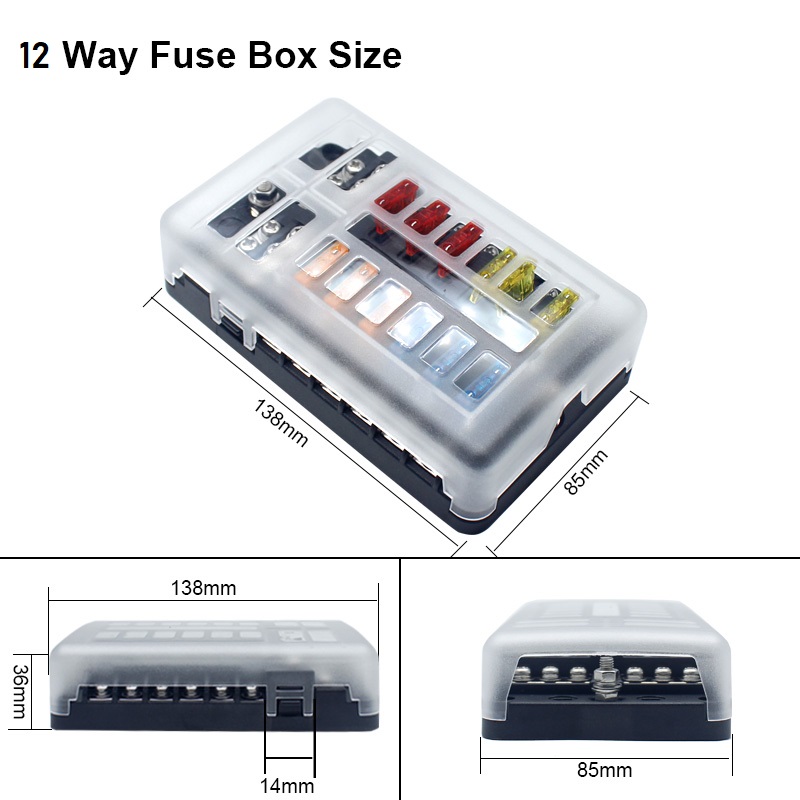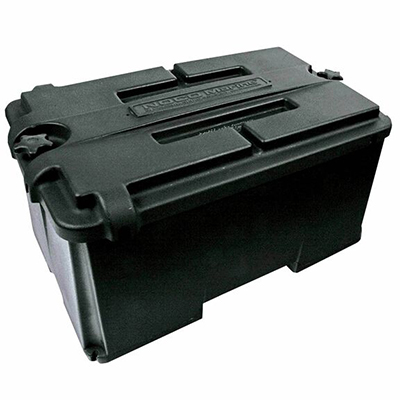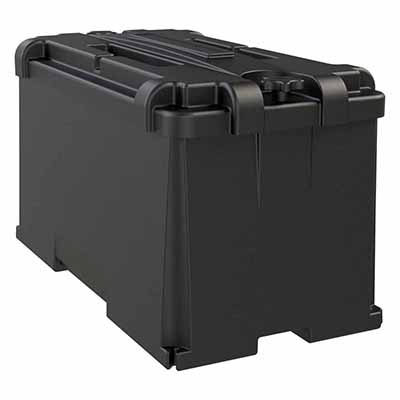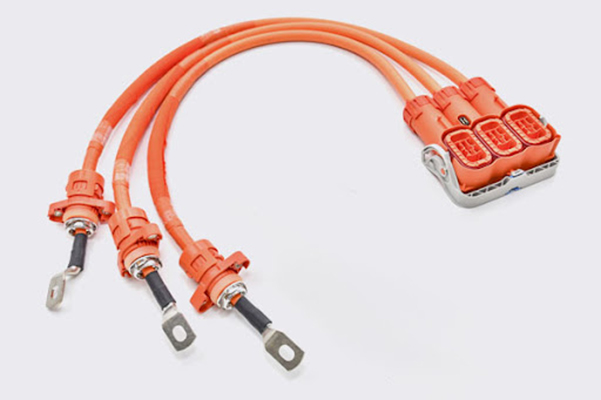How to Replace a Broken Car Fuse Holder Latch with Easy Fix Steps
News 2025-10-20
A broken car fuse holder latch can disrupt your vehicle’s electrical system, leading to issues like flickering lights or complete failures. This component is essential in securing fuses, which protect circuits from overloads and short circuits. Common in sedans, trucks, and SUVs, a faulty latch often results from wear, vibration, or corrosion. Fixing it restores safety and reliability, enhancing performance by preventing intermittent electrical problems and extending the life of your car’s wiring. With this guide, you’ll handle the repair efficiently, saving time and money while ensuring optimal functionality in daily driving scenarios.

Diagnosing the Faulty Latch
Start by locating the fuse box, typically under the dashboard or hood. Inspect the latch for cracks, looseness, or damage. Try removing a fuse; if it slides out easily without resistance, the latch is compromised. Use a multimeter to test fuse continuity and check for other electrical issues. Accurate diagnosis is key to avoiding unnecessary repairs, focusing on scenarios like high-mileage vehicles or those in harsh environments where latches degrade faster, thus maintaining system integrity and performance.
Gathering Necessary Tools and Materials
Prepare with essential tools: a flathead screwdriver, needle-nose pliers, and a replacement latch matched to your car’s make and model. Source parts from reputable auto suppliers for compatibility and durability. A trim removal tool may help if the fuse box is concealed. This preparation ensures a smooth process, highlighting the advantage of using quality components that offer better resistance to heat and vibration, ultimately improving the reliability of your vehicle’s electrical setup in various conditions.
Step-by-Step Replacement Process
Begin by disconnecting the battery to prevent shocks. Remove the fuse box cover using a screwdriver. Gently extract the damaged latch with pliers, taking care not to bend surrounding parts. Install the new latch by aligning it properly and snapping it into place. Reattach the cover, reconnect the battery, and test the fuse security. This method is straightforward and quick, emphasizing ease of use and performance gains like secure fuse holding that reduces failure risks in everyday and demanding driving situations.
Frequently Asked Questions
1. What causes a fuse holder latch to break?
Wear from vibrations, corrosion, or accidental impacts are common culprits, often seen in older vehicles.
2. Can I still drive with a broken latch?
It’s unsafe; it may cause electrical failures, so repair it promptly to avoid further damage.
3. How long does the replacement take?
Usually under 30 minutes for those with basic skills, making it a fast and effective maintenance task.


